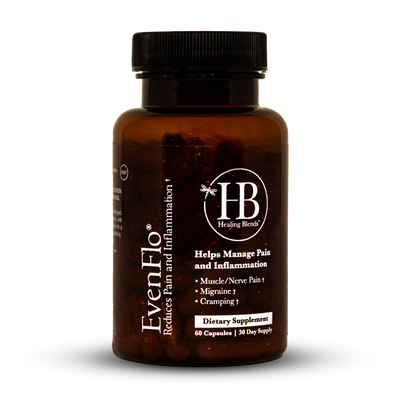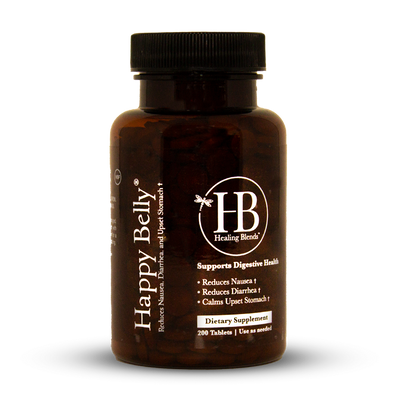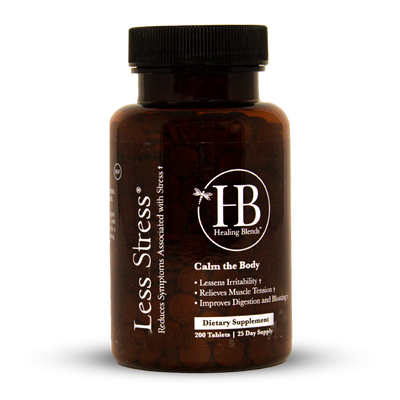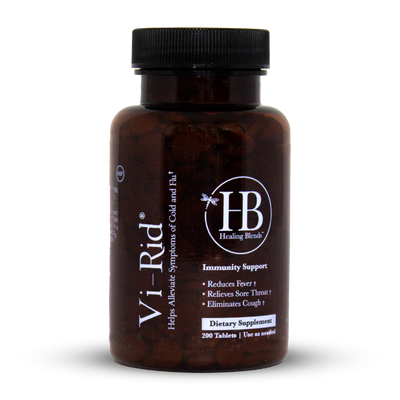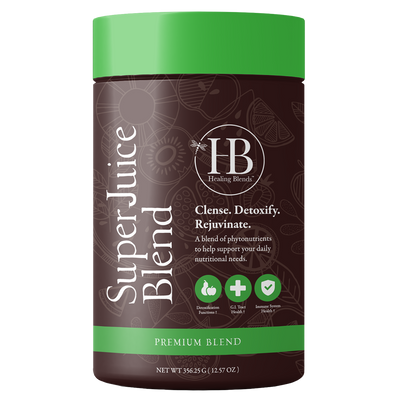Hidden Dangers of Hand Sanitizers + a Natural Hand Sanitizer Alternative
In the wake of Covid-19’s effects, we are more attentive about hand hygiene than ever before. The sale of hand sanitizing products has boomed over the last 6 months and it’s almost impossible to enter a store without having to get your hands sanitized at the door.
But are hand sanitizers possibly causing more harm than good?
The FDA recently released a list of 9 hand sanitizers that contain methanol alcohol, a type of wood alcohol that can be toxic when absorbed by the skin. This probes the question: Are hand sanitizers as safe and effective as people think they are? What are the pros and cons of hand sanitizers?
While the intention of this post is NOT to throw you into a panic about the sanitizers you are using, we do wish to make sure that you purchase the right products, and even if you make solutions at home, that they really serve the purpose for which they’re created.
How do Hand Sanitizers Work?
In essence, hand sanitizers were designed for people who work in the medical field. These products really come in handy for doctors and nurses who are often rushed in their daily activities. In the 1900s, it was discovered that alcohol (a germ killer) could be delivered in a gel to ensure quick and easy hand cleaning when there is no access to soap and water.
Hand sanitizer works by sitting on the skin and killing germs on contact. But it doesn’t flush germs from the skin like soap and water does. Hand sanitizer also only works if the alcohol content is high enough – at least 60%, according to the CDC. Once applied to the skin, the alcohol begins to evaporate, and it is through the evaporation process that the germs are killed.
The only acceptable forms of alcohol that can be used in hand sanitizers are ethanol and isopropanol. Methanol is not acceptable.
What Germs can Hand Sanitizers Kill?
The CDC states that alcohol-based hand sanitizers that meet the alcohol volume requirements can drastically reduce the number of microbes on your hands. It might also be able to destroy a range of disease-causing pathogens on your hands, including the new coronavirus, SARS-CoV-2 that is currently wreaking havoc across the world.
But even the best hand sanitizers have limitations. The CDC states that sanitizers cannot get rid of all potentially harmful chemicals and aren't effective at killing norovirus, cryptosporidium, and clostridium difficile germs.
Hand Sanitizer Caution: What are the Dangers of Hand Sanitizers?
For all the good they can do, hand sanitizers can cause a list of potential health hazards depending on what they’re made from. Here is a look at the dangers that some hand sanitizers might pose:
Methanol Alcohol is Toxic:
The 9 hand sanitizers manufactured by Eskbiochem that the FDA recently warned against using, all contain methanol alcohol, a substance that causes skin irritation. The Centers for Disease Control and Prevention also states that if ingested, methanol can cause headaches, dizziness, blurred vision, kidney failure, coma, and even death. When methanol is swallowed, inhaled, or absorbed through the skin, it metabolizes to formaldehyde, then to formic acid. This can lead to a dangerous build-up of acid inside the body that can cause vision problems and organ failure.
Concerns about Triclosan:
Triclosan is an antibacterial substance used in some hand sanitizers and beauty products. According to the FDA, Triclosan might potentially disrupt the human endocrine system. Triclosan is classed as a pesticide by the U.S. Environmental Protection Agency.
The Production of Antibiotic-Resistant Bacteria:
Another major concern about hand sanitizers is that we might become overly reliant on them, producing bacteria that are resistant to antibiotics. Medical News Today reported that in a study of 161 long-term care facilities, those who favored using hand sanitizers over traditional hand washing were more likely to experience outbreaks of norovirus.
Unknown Chemicals:
Most hand sanitizers are made with chemical fragrances that do not have to be listed on the ingredients label. This means that you can’t be sure what you are exposing your skin to. A lot of fragrances are irritating and have been linked to hormone disruptions and allergies.
How can I Make my Own Natural Hand Sanitizer?
Making your own natural hand sanitizer is a much safer option than using store-bought products that possibly contain methanol.
And the good news is that you only need three ingredients:
- 1 cup of isopropyl or rubbing alcohol (91% alcohol)
- ½ cup Aloe Vera gel
- 15 drops antibacterial essential oil of your choice such as Tea Tree Oil
To produce a batch of germ-fighting natural hand sanitizer, you must use a 2:1 ratio of alcohol to Aloe Vera and mix all three ingredients together. This ensures that the alcohol content stays at around 60% as recommended by the World Health Organisation.
Step 1 – Pour the alcohol into a container using a pouring spout
Using isopropyl alcohol that is diluted beyond 91% results in a weaker hand sanitizer that doesn’t meet the 60% benchmark set by the CDC.
Step 2 – Measure and pour the Aloe Vera gel
Since alcohol can be harsh on your skin, using Aloe Vera gel is a good way to counteract that effect and keep your hands smooth. You can also use aloe vera gel straight from the plant since the alcohol will act as a preservative. Natural Aloe Vera is thicker than store-bought versions, so if you use the gel straight from the plant, your sanitizer will be stickier and might take a little longer to absorb into your skin.
Step 3 – Add your essential oil
Tea Tree oil is antibacterial, so it makes sense to use it in a homemade sanitizing product. But if you dislike the smell, you can also use other essential oils like lemongrass, eucalyptus, or lavender.
Step 4 - Whisk it up
Stirring won’t be enough. You need to whisk the ingredients so that they come together as a homogenous gel.
Final Thoughts:
Hand sanitizers are great on-the-go solutions that can prevent the spread of germs when soap and water aren’t available. Alcohol-based hand sanitizer can help keep you safe amidst the pandemic, but sanitizing products that contain methanol instead of ethanol or isopropyl pose serious health risks.
If you are unsure whether or not your store-bought hand sanitizer contains methanol or simply don’t want to take any chances, you can easily make your own natural hand sanitizer with rubbing alcohol, Aloe Vera gel, and a few drops of essential oil.
Resources:
- FDA warns against these hand sanitizers containing methanol
- Dangers of Triclosan in hand sanitizers
- Dependency on hand sanitizers might lead to the development of antibiotic-resistant bacteria
- Centers for Disease Control and Prevention of the effectiveness of hand sanitizer














